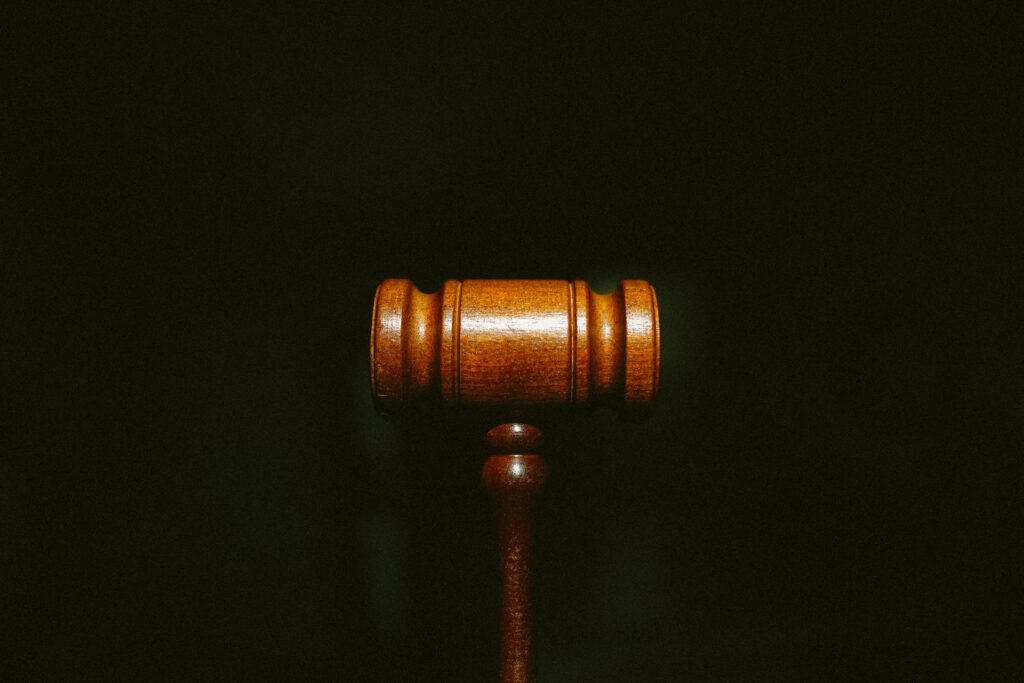
When you buy a product, you have a reasonable expectation that it is safe to use. If it were unsafe, wouldn’t there be some sort of warning on the packaging? Ideally, there should be, but that is not always the case. If you do not have reasonable warning, you could end up getting injured.
Product liability claims fall into three different categories. Manufacturing defects are the result of an error during the manufacturing process. The product might have missing or incomplete components that should have been added in the manufacturing process, and those errors might result in injuries. However, design defects make a product dangerous no matter how thoroughly it is manufactured. The hazard must be unreasonable – something you would never expect to happen. Finally, failure to warn is a case in which a product’s warnings are unclear or insufficient. In other words, you were never properly warned about a risk.
If you identify with any of the following, you could have grounds for a product liability case. You will want to consider hiring a product liability lawyer to help you navigate what will likely be a complex case, and you’ll need to get familiar with product liability.
There Was No Warning Label
Perhaps the product that harmed you did not have any sort of warning label. That leaves consumers vulnerable to potentially dangerous items or substances. If a potential hazard can arise from improperly using a product, then a warning label needs to be included on it. Unfortunately, even in today’s world, that is not always the case.
Instructions Were Missing or Unclear
Have you ever bought something, looked in the box, and realized there were no instructions? Or, if there were instructions, that they were not clearly written and illustrated for safe use? That tends to happen quite a bit, too. For example, instructions haven’t always been clear on how to use hair relaxers, which has led to long-term use causing cancer.
Let’s say you order a health supplement from an online store. It arrives, but there are no directions for how much you should take. How can you reasonably expect to safely consume it? You can’t, and that is how product liability cases happen. There has to be an expectation for safety that’s reasonable that went unmet by the manufacturer or seller.
There Was False Advertising
Sometimes, product liability cases arise when an item is advertised in a misleading manner. There has to be some sort of promise that the product will work as advertised, but it ends up causing serious ailments, injuries, or other types of damage. You were within reason to expect the product to work as it was advertised, so its failure to do so and resulting in your personal injuries gives you grounds for a claim.
Your Injuries Required Medical Treatment
If you were hurt to the extent of needing to seek any sort of medical treatment, you might want to consider filing a product liability claim. A seller or manufacturer should not prioritize selling their products over the safety and well-being of their consumers, but it does happen this way.
Be sure that you seek immediate medical assistance. Even if your injuries aren’t disabling, you will still need documentation on hand to take your case to court.
You Need Help Gathering Evidence
If you still have the item that injured you, do not throw it away. It is important evidence in your case, and your lawyer might contact a product liability specialist who can examine the item and make further determinations. Never attempt to repair it yourself.
Also, you can get a head-start on gathering evidence when you hire a personal injury attorney to work your case. They can tell you exactly what kinds of documents you will need.
Product liability claims are not easy to fight in court, and the other party will certainly have their own litigation team fighting for them. This is why it is important to hire your own personal injury attorney. From reviewing the facts in your case to helping you accurately assess your case’s value, an attorney is there to get you the compensation you deserve for your injuries.



